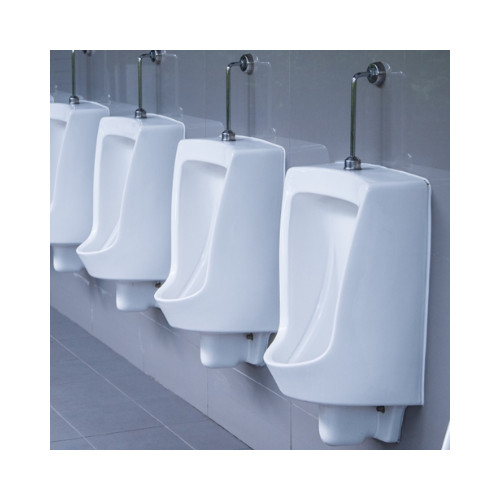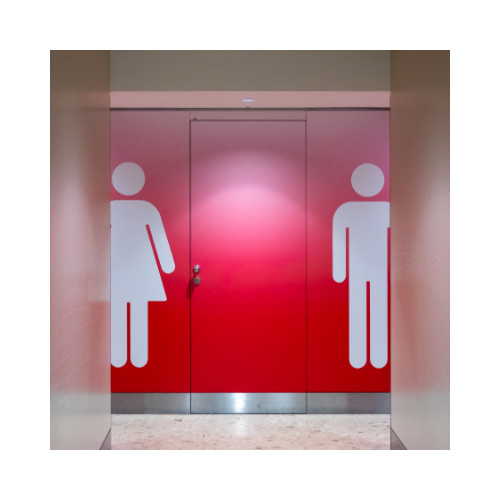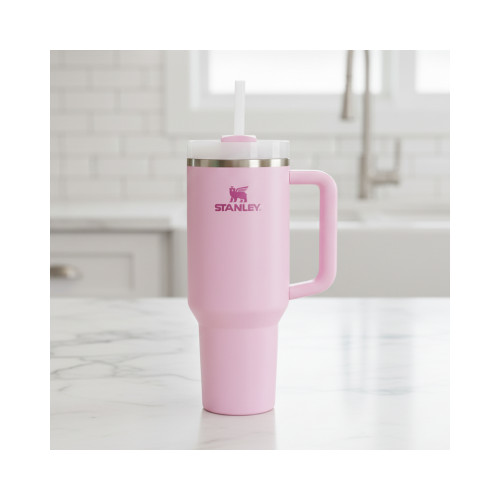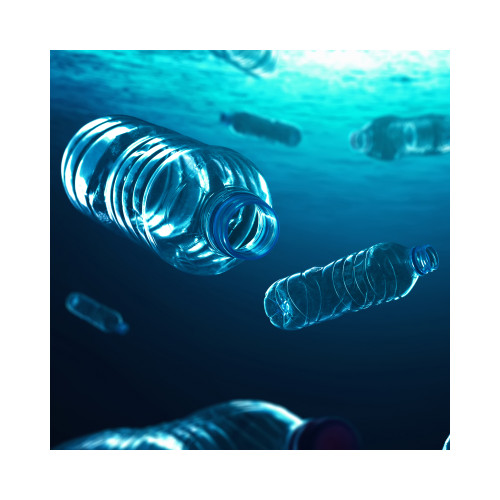
A Brief History of Laundry
Did you know that the modern washing machine, as we know it today, has evolved significantly since its inception? The first patent for a washing machine was granted in 1691 to Thomas Savery, an English engineer. However, it wasn't until the 19th century that washing machines started to resemble the ones we use today.
One interesting fact is that early washing machines were often hand-cranked or powered by water or steam. It wasn't until the 20th century that electric washing machines became common in households, revolutionising the way people did laundry.
Another fascinating aspect is the development of laundry detergents. Before the widespread use of detergents, people used various substances like ashes, clay, and sand to clean their clothes. The first synthetic detergent, called "Dreft," was developed in the early 20th century. Since then, laundry detergents have evolved to become more effective at removing stains and odours while being gentler on fabrics.
Today, with advancements in technology, washing machines come with various features like different wash cycles, water-saving options, and even smart capabilities that allow you to control them remotely from your smartphone. Additionally, there's a growing trend towards eco-friendly detergents and washing machines designed to minimise environmental impact.
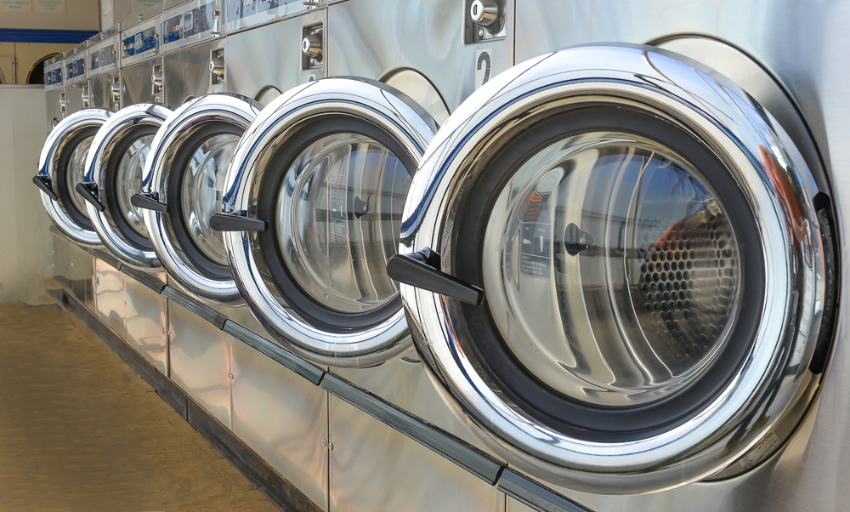
Evolution of Laundry Practices
- Ancient Methods:
- Handwashing: Early civilisations used various materials like sand, ashes, and animal fats to clean clothes by hand.
- Beating: Fabrics were beaten against rocks or submerged in running water to remove dirt and stains.
- Industrial Revolution:
- 1800s: Advancements in technology led to the invention of early washing machines, primarily operated by hand or powered by waterwheels.
- First Washing Machines:
- 1900s: The first electric washing machines emerged, simplifying the laundry process for households.
Introduction of Detergents
- Early Detergents:
- Soap: Traditionally made from animal fats and oils, soap was the primary cleaning agent for centuries.
- Synthetic Detergents: In the 20th century, synthetic detergents were introduced, offering improved cleaning power and compatibility with hard water.
- Modern Formulations:
- Liquid Detergents: Became popular in the mid-20th century for their convenience and effectiveness in both washing machines and handwashing.
- Pods and Tablets: Recent innovations provide pre-measured doses for ease of use and reduced waste.
Fabric Softeners and Enhancers
- Fabric Softeners:
- Origins: Fabric softeners were initially developed to counteract the harshness of synthetic detergents, making clothes feel softer and reducing static cling.
- Forms: Available in liquid, sheet, and pellet forms, fabric softeners have evolved to offer varying scents and additional benefits like wrinkle reduction.
- Scent Boosters:
- Fragrance enhancing products like scent boosters have gained popularity for imparting long-lasting freshness to laundry.
Eco-Friendly Options
- Biodegradable Detergents:
- With increasing environmental awareness, many detergent manufacturers offer biodegradable formulas that break down more easily in water, reducing harm to ecosystems.
- Plant-Based Ingredients:
- Eco-conscious consumers often seek out detergents and fabric softeners made from plant-derived ingredients, which are renewable and typically gentler on the environment.
- Concentrated Products:
- Concentrated detergents and fabric softeners require smaller packaging and less water, reducing the overall carbon footprint of laundry products.
- Energy-Efficient Machines:
- Modern washing machines are designed to use less water and energy, contributing to overall sustainability efforts.
Evolution of Laundry Symbols
- Early Communication Methods:
- Before the standardisation of UK laundry symbols, communication about garment care relied on text-based instructions, which could be ambiguous and language-dependent.
- Handwritten notes or verbal instructions were commonly used between individuals or passed down through generations within families.
- Standardisation Efforts:
- The need for a universal system for conveying laundry care instructions became apparent as textile production expanded globally.
- In the mid-20th century, various countries and textile industries began developing standardised laundry care symbols to improve communication and reduce confusion among consumers.
- International Adoption:
- In 1971, the International Organization for Standardization (ISO) introduced a set of internationally recognised laundry symbols, known as ISO 3758, to standardise garment care labeling worldwide.
- These symbols were designed to transcend language barriers and provide clear, concise instructions for washing, drying, ironing, and special care.
- Integration with Modern Laundry Practices:
- As washing machines evolved and became more technologically advanced, incorporating digital displays and programmable settings, the use of UK laundry symbols became even more crucial for consumers to understand and utilise these features effectively.
Stay Connected
Stay connected and be the first to know about our latest products, special offers, and exciting news:The Cleaning Blog
Want to learn more about cleaning? From the latest cleaning and hygiene news to handy how-to guides, why not check out our most popular blog categories.Stay Connected
Stay connected and be the first to know about our latest products, special offers, and exciting news:
